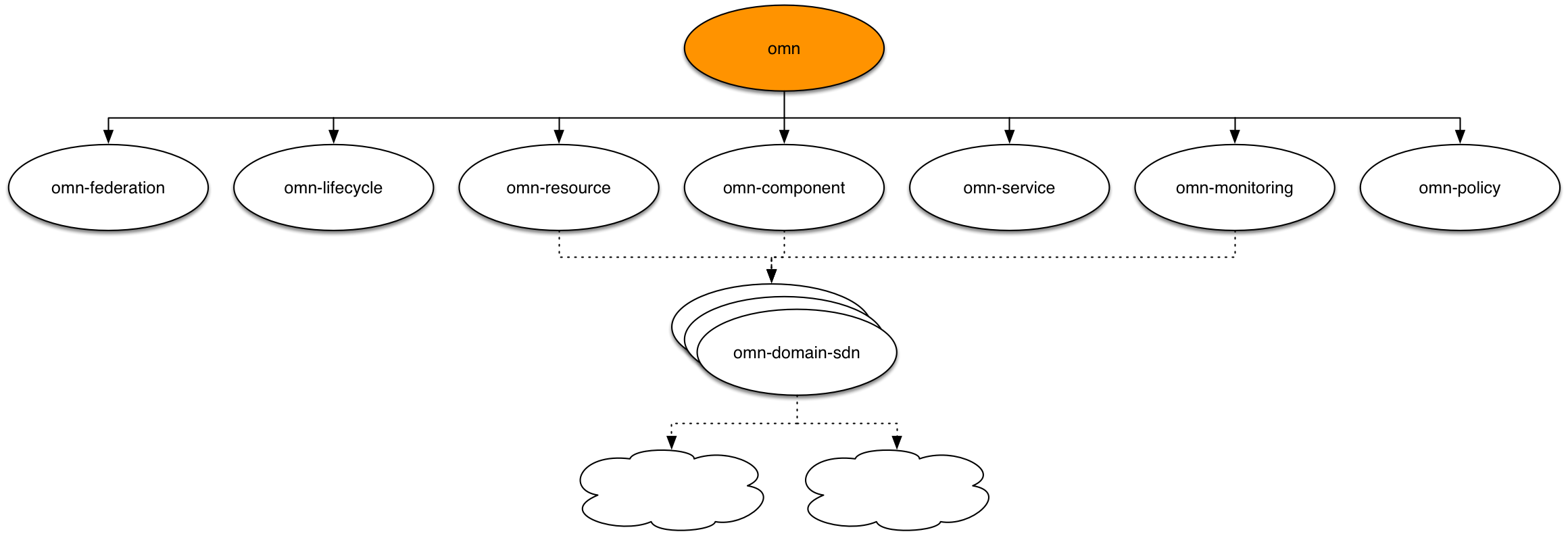Abstract
todo: definitely rewrite this.
We are approaching the era of the multinet. Instead of the one internet, we will have a multitude of parallel networks, customized by you to include anything and anyone you wish.
The mechanisms to control the multinet are emerging in a demand-driven way, stemming from the needs of those who are developing and using the first experimental systems.
Open Multinet forum has been created, among others by key stakeholders in the GENI and FIRE context, as a locus for community discussion and contributions to the evolution of these control mechanisms.
The aim is to provide a common reference to serve as the basis for all those who wish to develop platforms and tools for the multinet - this includes the current federation approaches developed within GENI and FIRE.
We welcome your participation. Please subscribe to the mailing list, dive into the documentation available in the git repository, and learn more about the multinet from the tutorials that are posted here.
Intro
Source code for translation on GitHub.
Ontology shown on LOV.
Federated Infrastructures Community Group at W3C.
Auto generated documentation as HTML, RDF and TTL.
Permanent ID https://w3id.org/omn.
Submitted to Swoogle and Watson.
Registered the prefix http://prefix.cc/omn.
Ensuring quality by validating the ontology after each commit using
Apache Jena Eyeball inspectors.
A Datahub repository.
Followed the guidelines from
W3C Draft "Best practice recipes for publishing RDF vocabularies",
fulfilled the AMOR Manifesto principles / 5 star LOD requirements,
added metadata based on DC, VANN, VOAF, OWL, CC
and reusing NML, INDL, NOVI, NDL-OWL, MOVE, TIME, GR, SERVICE.
Concepts
Attribute
Describes the attributes of an omn:Group, omn:Resource, omn:Service or omn:Component in more detail.
Examples: Monitoring information, Color attributes, Reservation information, QoS, SLAs, Location, Configuration, etc.
Component
An Entity that is part of an omn:Resource or omn:Service. It does not need to be an omn:Resource or an omn:Service itself.
Examples: CPU, Sensor, Core, Port, Image.
Dependency
Helps to defines a directional relationship between omn:Resource, omn:Group, omn:Component or omn:Service. It makes it possible to annotate the dependencies with additional properties.
Examples: application coloring (in GENI context), orchestration needs dependencies.
Environment
The operating conditions under which a omn:Resource, omn:Group, omn:Service is operating.
Examples: interference, concurrent virtual machines, concurrent traffic, temperature, heat, etc.
Group
A collection of omn:Resource, omn:Service or omn:Group.
Examples: Bi-directional Link, etc.
Topology
A collection of omn:Resource, omn:Service or omn:Group
Examples: Infrastructure, Reservation, Slice, etc.
Layer
Describes a place within a hierarchy a specific omn:Group, omn:Resource, omn:Service or omn:Component can adapt to.
Examples: In networking, an end-to-end connectivity has to be on the same layer (path finding). For resources, it can describe the capability to adapt to a virtualized version.
Resource
An Entity that can be provisioned/controlled/measured by APIs.
Examples: Node, Link, People, etc.
Service
An Entity that has an API/capability to use it, it may depend on an omn:Resource.
Examples: Aggregate Manager, Portal, Measurement Service, Hadoop, Broker, etc.
Reservation
A specification of a guarantee.
Examples: (Earliest) Start and (latest) end time, data volume, etc.
Properties
adaptableFrom
Determines the resource from which this resource can be adapted from - e.g. from an Ethernet to a FDDI port.
adaptableTo
Determines to which resource this resource can adapts to - e.g. from an Ethernet to a FDDI port.
adaptsFrom
Determines from which resource this resource adapts - e.g. from an Ethernet to a FDDI port.
adaptsTo
Determines to which resource this resource adapts - e.g. from an Ethernet to a FDDI port.
hasAttribute
Link to a general attribute of the resource - e.g. to a ReadOnly class.
hasGroup
A group that is related to this resource - e.g. a reserved topology within an infrastructure.
hasResource
A resource that this resource contains - e.g. a node within a reserved topology.
hasService
A service that this resource contains - e.g. a Hadoop instance within a reserved topology.
hasReservation
The reservation details of a resource - e.g. an immediate reservation for 3 hours.
isAttributeOf
A general attribute of a resource - e.g. to a ReadOnly class.
isComponentOf
Is component of a resource - e.g. a CPU in a PC.
isGroupOf
A group that is related to a resource - e.g. a reserved topology within an infrastructure.
isResourceOf
A resource that another resource contains - e.g. a node within a reserved topology.
isServiceOf
A service of a resource - e.g. a Hadoop instance within a reserved topology.
isReservationOf
The reservation details of a resource - e.g. an immediate reservation for 3 hours.
toDependency
Claims dependency.
withinEnvironment
Claims dependency.
hasEndpoint
The URL of the API of a service.
isReadonly
Information/attribute that is not writable.
